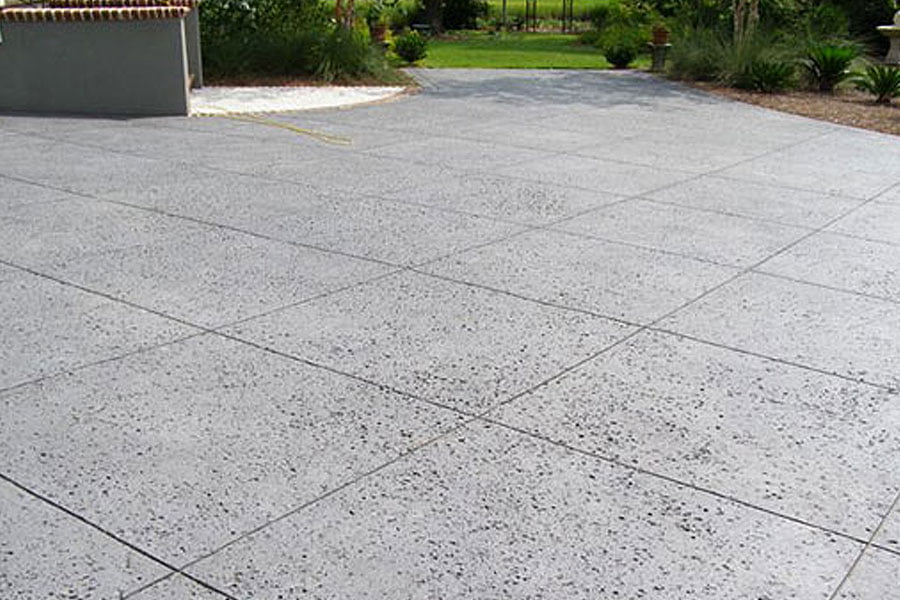Soil mechanics is an essential branch of geotechnical engineering that deals with soil behavior under various loads and conditions. The undrained shear strength of soil is one of the critical parameters that the engineers use to predict the stability of slopes, foundations, and other structures built on or in soil. In this blog post, I will discuss undrained shear strength, how it works, why it’s essential, and how to evaluate it.
What is Undrained Shear Strength of Soil?
Undrained shear strength measures the maximum shear stress that soil can withstand without experiencing any change in its volume in undrained conditions. It is defined as the maximum shear stress that can be developed in a soil sample without allowing it to drain, meaning the water pressure within the soil remains constant.
Mechanism of Undrained Shear Strength of Soil
The undrained shear strength of soil is related to its internal structure, composed of particles of different sizes and shapes packed together. The particles are held together by inter-particle forces such as friction and cohesion, which provide the soil with its shear strength. The soil is said to be undrained when the pore water can’t drain out of the soil. In an undrained situation, the loading rate is significantly faster than the rate at which pore water can drain from the soil. As a direct result of this, the majority of the external loading is absorbed by the pore water, which leads to a rise in the pressure of the pore water. When there is no drainage, the soil’s tendency to change volume is slowed down. The undrained shear strength of soil is influenced by several factors, including the size, shape, and distribution of the particles, the amount of water in the soil, and the soil’s density.

Why does the Drained shear strength be greater than Undrained Shear Strength?
The drained shear strength is typically greater than the undrained shear strength because draining water from the soil during a shear test changes the stress state within the earth. In a drained test, water is allowed to escape from the soil sample, reducing the pore water pressure and increasing the effective stress on the soil particles. This increased effective stress results in a higher shear strength than an undrained test, where the water pressure remains constant, and the effective stress is lower. In other words, draining water during a shear test changes the soil’s stress state from an undrained condition, where the water pressure affects the soil’s strength, to a drained condition, where the soil strength is determined by the effective stress only. The increased effective stress in a drained test results in a higher shear strength compared to an undrained test.
It’s important to note that the drained shear strength is typically used for design purposes because it represents the shear strength of soil in a state of steady-state equilibrium, where the water pressure is in balance with the shear stress acting on the soil. On the other hand, the undrained shear strength represents the maximum shear stress that can be developed in soil without allowing the water pressure to escape, which is not a realistic condition for most engineering applications.
Why do we need to find Undrained Shear Strength?
The undrained shear strength of soil is vital because it is used to predict the stability of structures built on or in soil. For example, engineers use the undrained shear strength of soil to determine the stability of slopes, the design of retaining walls, and the settlement of foundations. Understanding the undrained shear strength of soil is also crucial for evaluating the liquefaction potential of soil during earthquakes and for the design of embankments and dams. Also, the following points describe the significance of the evaluation of Undrained Shear Strength,
- Liquefaction may occur in saturated, loose sands subjected to seismic loading conditions due to the rapid loading rate. An undrained loading situation might cause this.
- When clays and silts are subjected to rapid static loads and earthquake loads, undrained conditions nearly always arise because of the low material permeability.
- The undrained shear strength is stress-independent, in contrast to the drained shear strength. This is because when the soil is not drained, the pore water will carry all of the extra load from the outside because it is much stiffer.
- Undrained shear strength is frequently easier and less expensive to evaluate than drained strength. It can be determined with a pocket penetrometer, a vane shear test, an unconfined compression test, and UU triaxial test.
How to evaluate Undrained Shear Strength?
Evaluating the undrained shear strength of soil can be done in the laboratory, in the field, and through correlation with other soil parameters. Here are some of the methods used to evaluate the undrained shear strength of soil:
Laboratory Testing: The most common method of evaluating the undrained shear strength of soil in the laboratory are the unconfined compression test (UCS) and UU triaxial test.
Field Testing: The undrained shear strength of soil can also be evaluated in the field through the use of in-situ tests such as the vane shear test, cone penetration test (CPT), and pocket penetrometer. These tests provide direct measurements of the soil strength, but they are limited by the depth of investigation and the difficulty of obtaining a representative soil sample.
Correlation with Other Soil Parameters: The undrained shear strength of soil can also be estimated through correlation with other soil parameters, such as Void Ratio, Moisture content, SPT N value, PI, etc.
In conclusion, the undrained shear strength of soil is a crucial parameter in geotechnical engineering that helps engineers predict the stability of structures built on or in soil. It is related to the internal structure of soil and influenced by several factors, including particle size and distribution, water content, and soil density. The undrained shear strength can be found through laboratory testing, such as UCS, triaxial tests, etc. The choice of method for evaluating the undrained shear strength depends on the specific needs of the project and the availability of resources. Regardless of the method chosen, it is crucial to understand the undrained shear strength of soil to ensure the stability and safety of structures built on or in soil.
References :
Henkel, D. J. (1960), “Undrained Shear Strength of Anisotropically Consolidated Clays”, ASCE Speciality Conference on Shear Strength of Cohesive Soils, University of Colorado, Boulder, Colo., June 13–17, pp. 533–554
Terzaghi, K. (1942), Theoretical Soil Mechanics, New York: Wiley, ISBN 978-0-471-85305-3
Amin. (2020, September 6). On the Use of Soil Drained and Undrained Parameters. Geotechsimulation. Retrieved February 10, 2023, from https://geotechsimulation.com/2018/05/18/soil-drained-undrained-behavior/
Scribd. (n.d.). Undrained and drained shear strength. Scribd. Retrieved February 10, 2023, from https://www.scribd.com/doc/25011305/Undrained-and-Drained-Shear-Strength#
Tsukamoto, Y., Ishihara, K., & Harada, K. (2009). Evaluation of undrained shear strength of soils from field penetration tests. Soils and foundations, 49(1), 11-23.










In a UU test, does the cohesion automatically mean undrained shear strength or is there any other means of calculating it eg using mohrs shear strength equation?
Thank you. It really helped, Sir